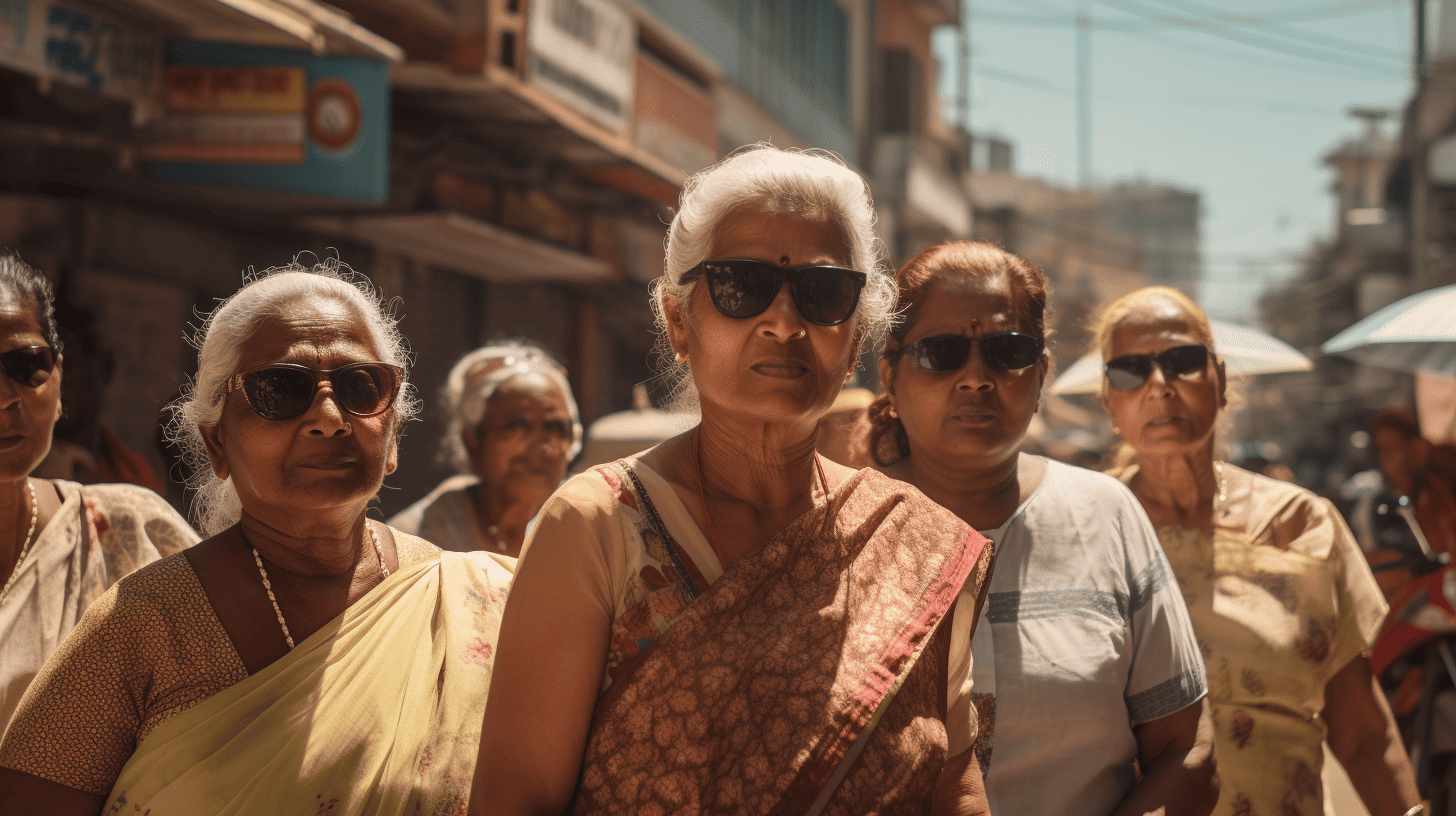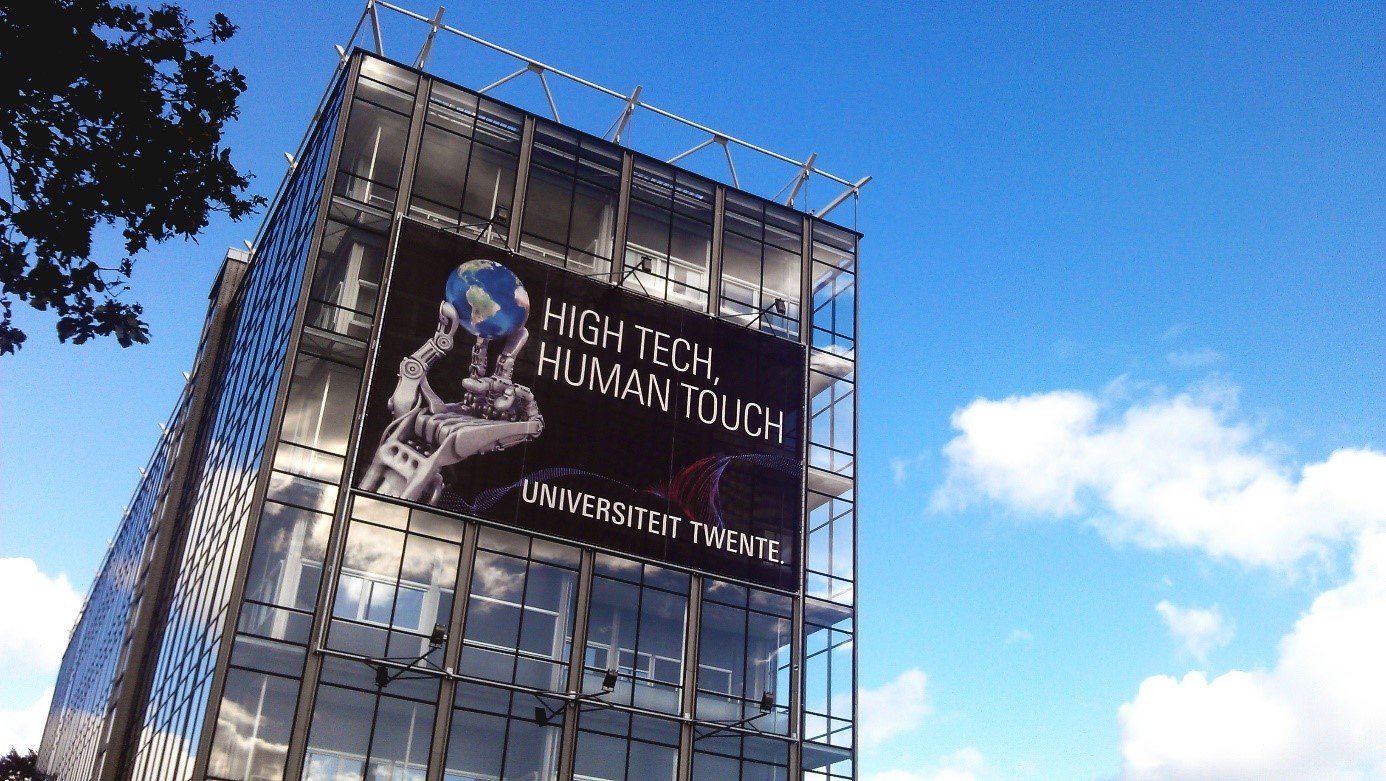
Microrobots that swim through blood vessels, organs on a chip, and diagnostics with artificial intelligence are just a few examples of how modern technology and healthcare are becoming increasingly intertwined. In the quest for better care solutions, the University of Twente and Radboud University Medical Center (Radboudmc) are joining forces to develop knowledge, talent, and innovation. Under the Healthcare Nexus partnership, the parties will foster collaboration between medtech and health.
Why this is important
More technologies are needed as healthcare confronts pressing challenges, such as a personnel shortage and an aging population. Partnerships between universities can indeed stimulate innovation creation in this domain.
New solutions for urgent problems
As an academic healthcare institution, Radboudumc has to deal with the pressing challenges in healthcare daily. “It is by now a familiar story: the demand for care is growing, the labor market is shrinking, while diagnostics and treatment options are increasing,” said Bertine Lahuis, chair of the executive board at Radboudumc. “The result: ever-increasing costs, environmental damage, and staff shortages. In Healthtech Nexus, we will work on new ideas and solutions to reverse these trends.”
“Many of the challenges in healthcare exist at the intersection of healthcare and modern technology,” said Vinod Subramaniam, president of the executive board at the University of Twente. “Healthcare is, of course, the work of human beings and always will be. However, in more and more areas, we are reaching the point where technology can make the work of healthcare professionals easier, faster, and better. This creates new opportunities to tackle these big issues.”

Deepening collaboration
The University of Twente and Radboudumc have been working together for quite some time. For example, students of Biomedical Engineering and Technical Medicine at the University of Twente have been taught basic medical subjects by Radboudumc lecturers for 20 years. The two universities also have joint projects in the field of research. Researchers at both institutions can apply for annual grants from the joint TURBO program for technical-medical research.
However, the new collaboration goes much deeper. The partners want to make it much easier for students, teachers, and researchers to exchange knowledge and work together. One ambition is to develop ‘joint degrees’: combined degree programs with technical and medical components. In addition, Radboudumc and the University of Twente will actively stimulate new joint research and innovation projects.
Complementary facilities
The partners also plan to link their research and development facilities better. University of Twente’s preclinical facilities and simulation approach fit well with Radboudumc’s clinical facilities and expertise. By connecting facilities such as the hybrid ORs (MITeC) of Radboudumc and the simulation labs of the University of Twente, a learning and development environment is created for the entire healthcare innovation process, from scientific ideas to practical implementation.
“Within this environment, we combine our experience in AI, robotics, motion control, and micro and nanotechnology, among other things. This will help develop new medical imaging applications, interventional oncology, and other healthcare domains where technology can make a difference,” says Vinod Subramaniam.

Node in a network
Healthtech Nexus is not an exclusive agreement; Radboudumc and the University of Twente continue to seek collaboration with other companies and organizations in the region and beyond. Bertine Lahuis: “The name was chosen deliberately. A nexus is a node in a network. That’s what we want to be: a center of knowledge and expertise in a broad network of parties in and around healthcare. Collaboration is crucial to keep tomorrow’s care patient-oriented, sustainable, affordable, and accessible.”

